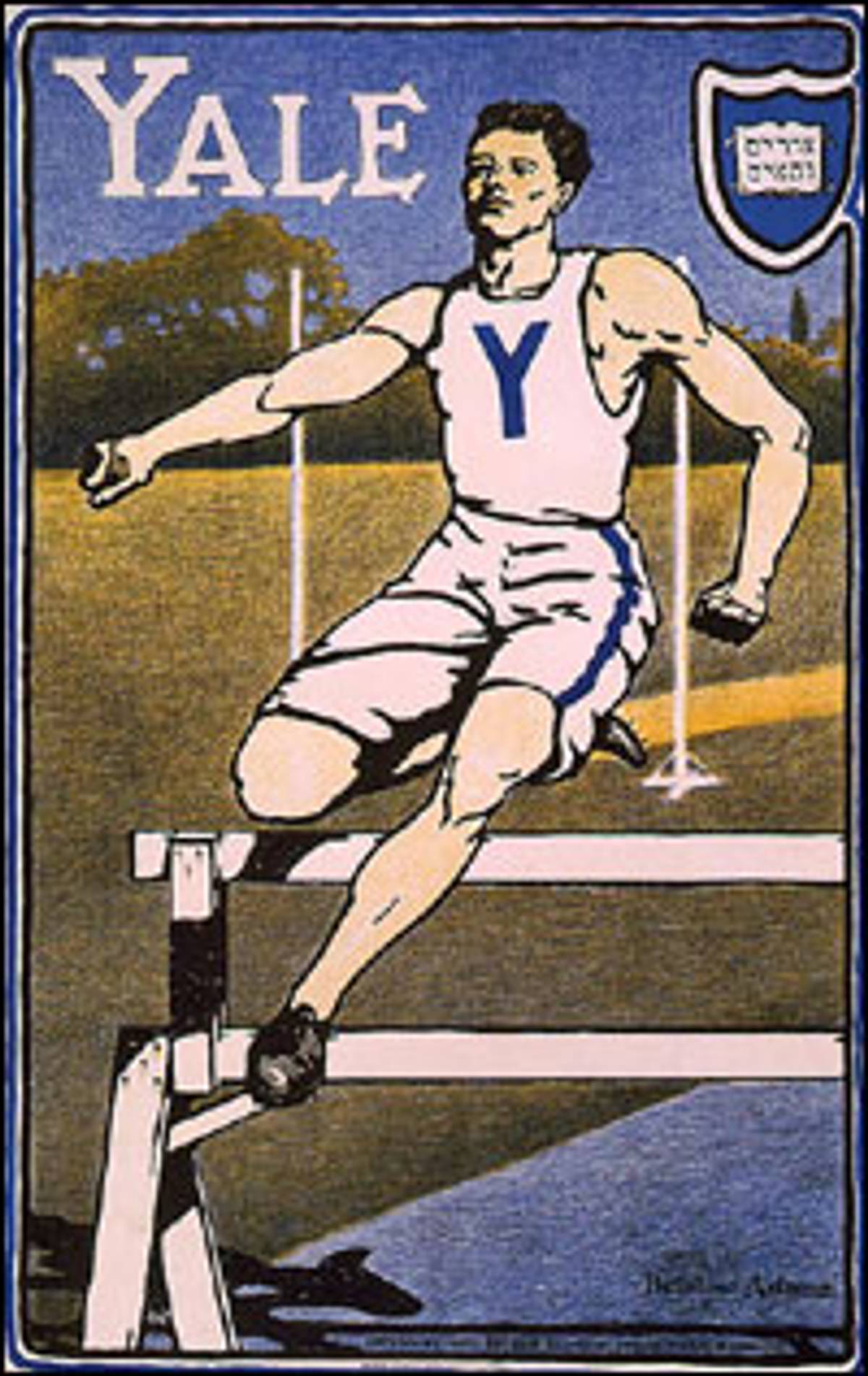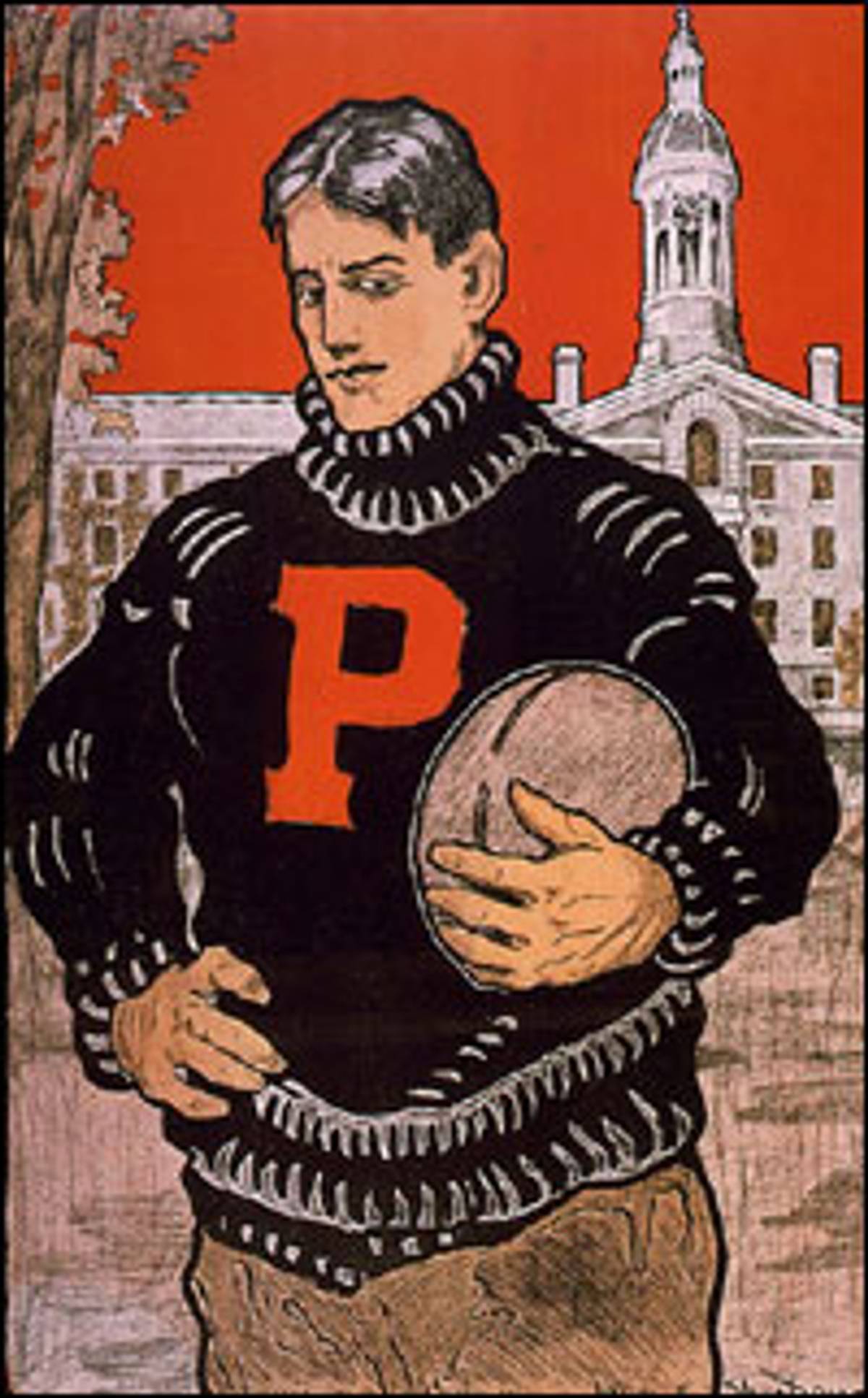“What change, if any, has been made since birth in your own name or that of your father? (Explain fully.)” This question, which first appeared on the Harvard College application in 1922, was one of many methods used to limit the number of Jewish students. In The Chosen: The Hidden History of Admission and Exclusion at Harvard, Yale, and Princeton, Jerome Karabel, a sociologist at the University of California, Berkeley, examines the tactics used by the “Big Three” to control class composition, and demonstrates how changing definitions of merit have been used to justify discrimination for more than a century.
You’ve been researching The Chosen for decades. What prompted you to devote so much time to discrimination in admissions at America’s three best known universities?
Equality of opportunity is the core value that distinguishes America from other places—the idea that everyone could rise as far as they wanted, if they had the ability. I was myself an upwardly mobile scholarship boy, but even so I was skeptical that there was genuine equality of opportunity. I thought equality of opportunity was at the center of America’s self-understanding, and if education in general and higher education in particular was supposed to be the pathway, then education would be a good lens through which to look at power and privilege in America.
The efforts to limit Jewish enrollment through quotas in the 1920s are well known. What did you want to bring to the story that was new?
The larger importance is not how Jews were discriminated against, but that in the encounter between these institutions and the Jews, admissions policies were changed in a way that has endured for everybody up until today. Also, I found that discrimination against Jews didn’t really end until affirmative action. Most people date it much earlier, but that is wrong.

After World War II, there may not have been overt discrimination against Jews, but the application process itself sufficed to keep the numbers of Jews down. In 1962, Yale eliminated their Jewish quota—they had never admitted they’d had one, of course, but the documentary evidence is pretty damning—and the percentage of Jews in the entering class rose from 11 to 16 percent. What was more consequential was when Yale changed their admissions criteria in 1966 to reduce privileges given to sons of alumni and private-school applicants. Yale shifted to more academic criteria and their rates of admittance of alumni children dropped to the lowest ever while the percentage of Jews nearly doubled, from 16 percent to 30 percent. That’s in a single year.
Do these same kind of avowedly neutral admissions policies have similar effects today?
Alumni preferences and policies favoring varsity athletes certainly have a negative impact on Asian-Americans. If you compare Asian-Americans today and Jews in the 1920s and 1930s, there are some similarities. Both groups have strong academic credentials, and their growing presence aroused degrees of unease. That said, the atmosphere today is totally different. Asian-Americans have benefited from the accomplishments of the Civil Rights era, and they
have not in recent years faced the kind of quotas that cut Jewish enrollments drastically in the 1920s.
What do you say to the argument that private institutions should be able to decide who to admit as they see fit?
For one thing, I think it’s something of a distortion to think of a place like Harvard as a private institution in the same way a business or a country club is private. At the very least they are quasi-public—they get huge tax benefits and huge amounts of federal money. And they certainly think of themselves as serving very important public functions. They’re promising equal opportunity to all Americans.
Like other major institutions, they should be held to the standards they profess and to the values of the larger society. It may not be illegal to discriminate against the children of non-alumni, but is it good public policy? Is it morally and ethically correct?
What about the money—don’t these schools rely on donations from alumni who may be influenced by admissions policies?
I reject the argument that they need to make money by legacy admissions. Private orchestras also have to raise money, but the integrity of who gets into the orchestra is off-limits.
First of all, it goes against the principle of equality of opportunity. And people realize this: Some Harvard alumni actually sent around a petition calling for an end to alumni preferences. Second, the economic argument is much harder to make now. The Harvard endowment has increased more than five times in the last 15 years. Harvard, Yale, and Princeton now have so much more money than they ever imagined, and their endowments generate more. These are the richest universities in the history of the world.

By the time I was an undergraduate at Harvard in 1972, the Jewish issue was in the past, but I think my father did experience anti-Semitism. My father was born in Russia. His family left in the wake of the Russian Civil War and had great difficulty getting into the United States. They ended up waiting for two years in Latvia because of the Immigration Act of 1924, which was clearly targeted against Jews, especially those from Eastern Europe.
In The Chosen, you show that many champions of limited Jewish enrollment were instrumental in passing that law; Harvard president Lawrence Lowell, for example, helped lead the Immigration Restriction League.
In a way, I felt like that part of the book was a recounting of aspects of very personal family history. When I was growing up, my father was very sensitive to anti-Semitism. Being raised in the 1960s, a time that was more benign, I thought my father might be oversensitive, but looking back, I saw that he had come of age at the peak of anti-Semitism. I suspect, for example, that had Columbia not had a policy of limiting the number of Jews in general and of limiting the number of Jews on scholarship, my father might have been at Columbia and not at Brooklyn College and his life might have taken a different course. He experienced discrimination and restriction of opportunity which I hadn’t grasped the intensity of, and I felt as if I owed my father an apology for being insensitive to what he had lived through.
What did you learn about the architects of these admissions policies from their diaries and correspondence?
I found it interesting that whether or not someone was personally anti-Semitic didn’t seem to matter. They had to deal with the fact that the “paying guests,” as they called their students, were anti-Semitic and that ignoring that would have consequences. Also, Wilbur Bender, the dean of admissions at Harvard in 1952, talks about which institutions they worried about competitively. Of course they worried about Yale and Princeton. But Columbia, the University of Pennsylvania, MIT, Chicago—these schools just did not concern them because the applicants they most wanted to attract wouldn’t set foot in these institutions.
James Conant, Harvard’s president from 1933 to 1953, is particularly enigmatic, because he is not personally anti-Semitic but is presiding over a very anti-Semitic policy—way more anti-Semitic than scholars have previously grasped. That’s what he felt he had to do.
You demonstrate how these administrators, well before the 1960s, minimized the so-called “Jewish problem” by asking about “character” and family background. Would you favor a return to an academics-only system?
No, I don’t favor an academics-only system. I’m critical of the system today, but on other grounds. Legacy admissions, preferences for athletes, early-decision programs—all favor those who are already privileged. What I’m proposing would be something that takes into account socioeconomic and class imbalances, and scrutinizes the variety of ways that the current system reinforces hereditary privilege.